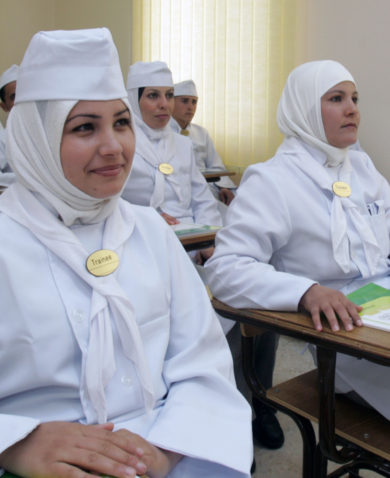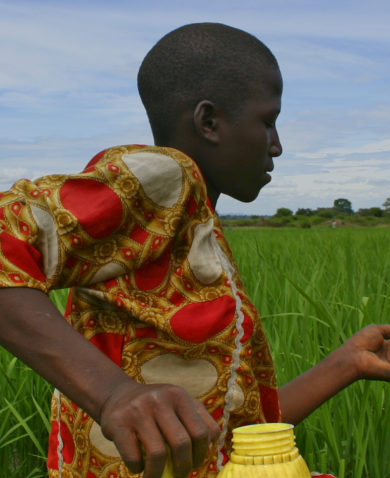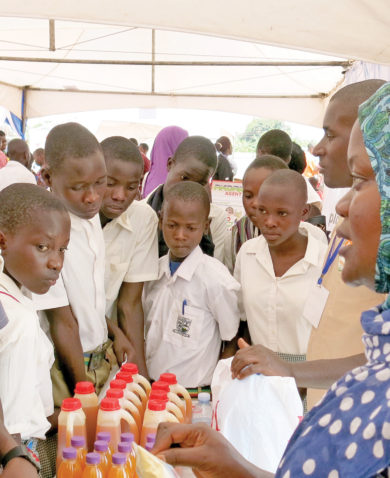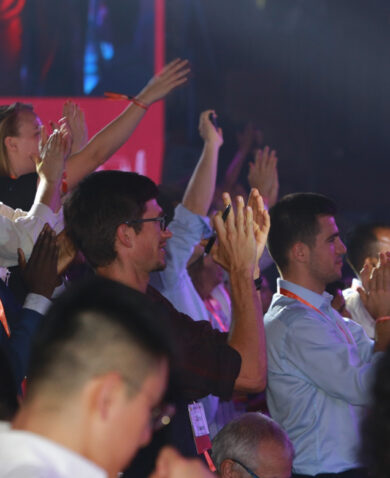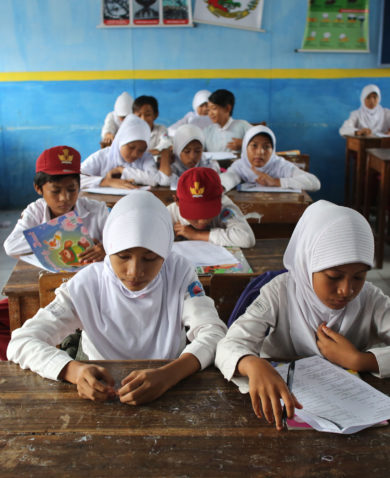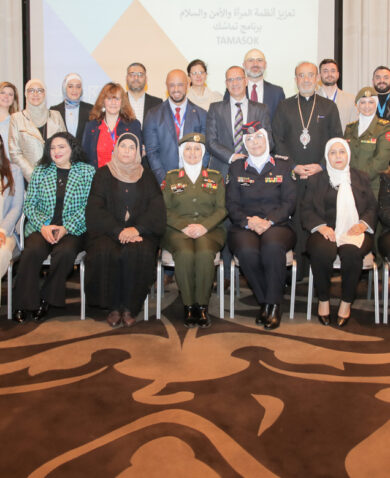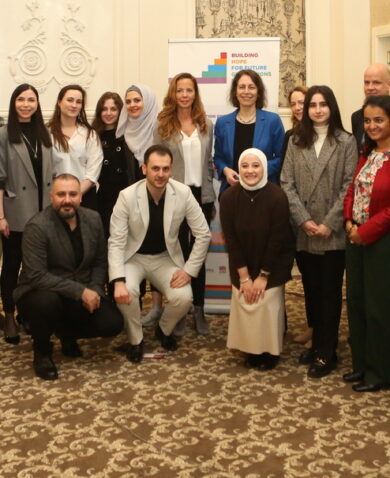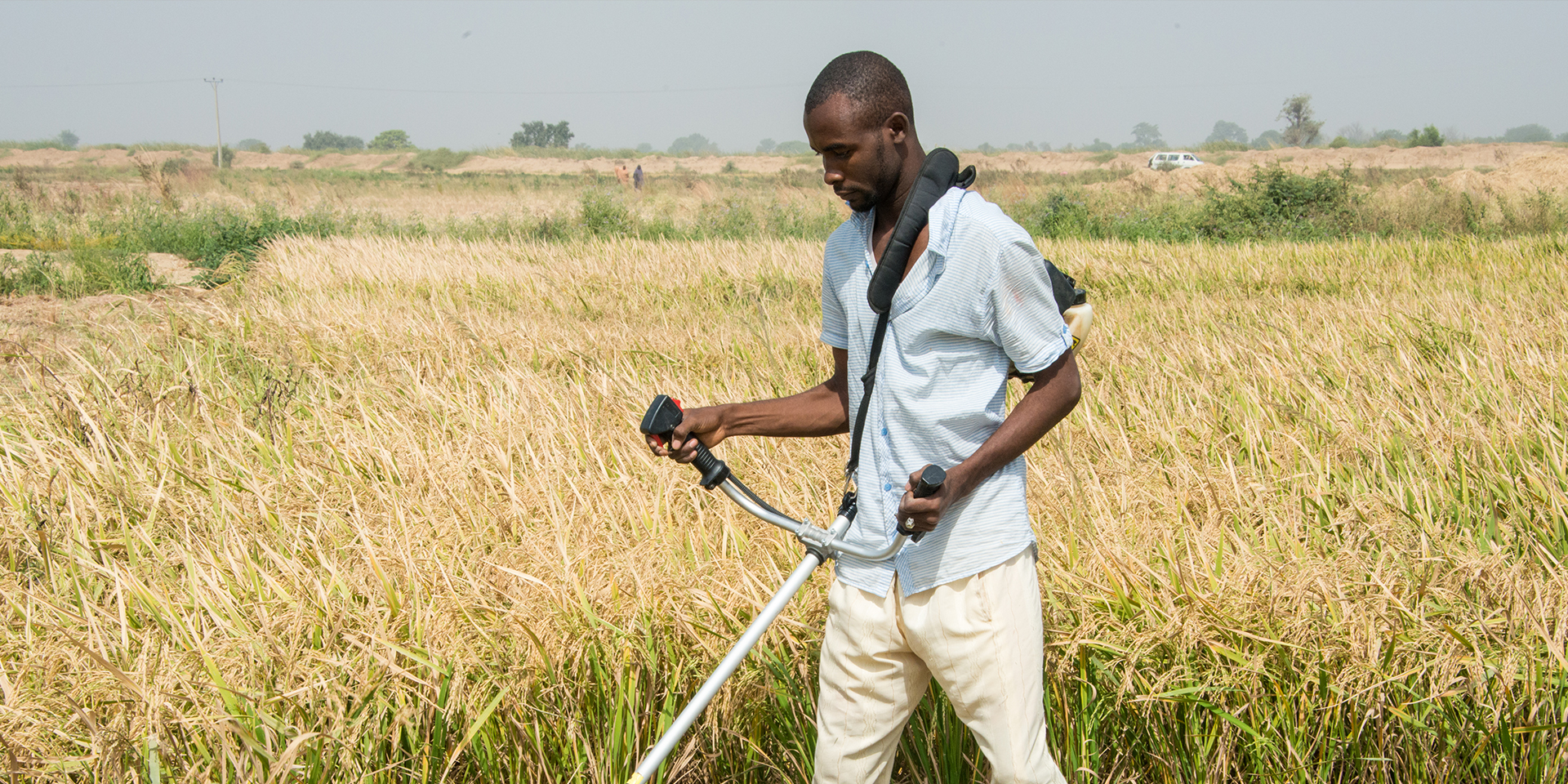
3 Questions with Lilian Likicho and Isaiah Oliver: Trends in Youth Development
October 21, 2016 | 3 Minute ReadOn the heels of the Making Cents Global Youth Economic Opportunities Summit 2016, Isaiah Oliver and Lilian Likicho reflect on their experience with youth development and predict upcoming challenges in the sector.
This year’s Global Youth Economic Opportunities Summit challenged participants to think about achieving and scaling results in youth development over the next decade, while including youth in the process. From your perspective, what does the next decade hold for youth in development?
Isaiah: From my perspective, the greatest challenge facing youth is a lack of economic opportunities. In the Middle East and Northern Africa region, youth unemployment rates are hovering around 30 percent. While one might expect this number to continually discourage innovation, I was in Tunisia recently and was blown away by young entrepreneurs’ boundless sense of optimism and eagerness to help put the region on a better track. Where do these economic opportunities come from? Put simply, there are two primary sources: jobs created by existing firms in a healthy and active private sector, and new ventures created by ambitious and entrepreneurial youth. As international development practitioners, we can help on both of these fronts by supporting private-sector growth and by strengthening the entrepreneurial ecosystem. Of course, lots of organizations are focusing on these issues with varying degrees of success. The question now needs to be: What is actually working and, even better, what is achieving results cost-effectively?
Lilian: To Isaiah’s point, youth in Uganda constitute the highest and fastest growing proportion of Uganda population, and the country has the world’s youngest population with over 78 percent of the population below the age of 30. Uganda’s big challenge remains labor under-utilization. With agriculture as the backbone of the Ugandan economy, this sector provides opportunities for youth to explore formal and informal employment opportunities. For Ugandan youth to meaningfully participate in agriculture, the future lies in improving the education system. Learning outcomes are very low. As a result, youth have not developed the analytical skills for critical thinking and problem solving that are necessary for them to engage in agriculture as a business, and thus provide employment and increase their incomes, respectively.
Partnerships are vital in solving the issues that youth face. Could you talk a bit about the partnerships you work with or others you’ve seen from the conference?
Lilian: My project, USAID’s Uganda Youth Leadership in Agriculture (YLA), is driven by the private sector. In my experience, it has been vital to assist youth to succeed. Through a facilitative approach, partnerships are a core function of our implementation strategy. We have created or consolidated a number of partnerships that enable YLA to provide opportunities for the youth to engage in. The partnerships are mainly from the private sector and other development actors that may be for-profit or not-for-profit. In this respect, we’re creating a direct link between youth — those who are seeking work or entrepreneurial training, and those who are able to provide resources.
Researchers and implementers agree on the importance of incorporating soft and life skills into development programs, especially those involving youth. Why are soft and life skills important, and what is your project doing to improve these skills among youth?
Isaiah: It’s essential for us to distinguish between life and soft skills, as too often programs conflate the two. From my experience, if the development community is investing time and money training youth, it should focus on skills and behaviors that allow youth to thrive in many different settings. No job is permanent and, if development leaders are going to support training and educational programs, we should make sure to include a focus on transferable skills and behaviors. It was excellent to hear from our colleagues in the field on how they are implementing these skills across the globe at the Global Youth Economic Opportunities Summit, and I look forward to continuing the conversation and seeking additional stand-out examples of behavior change, youth development, and soft and life skill implementation.
Lilian: The journey to increase economic opportunities begins with empowering youth with soft and life skills as the foundational stage. Equipping youth with these skills and competencies will help ensure they translate their knowledge and abilities into meaningful future ventures, improving their chances of engaging with private sector players. Youth should be helped to increase their incomes through both formal and non-formal employment, and empowered with skills and competencies that will enable them not only participate in programs that affect them, but to take the lead, as recommended by the USAID Youth in Development Policy.





